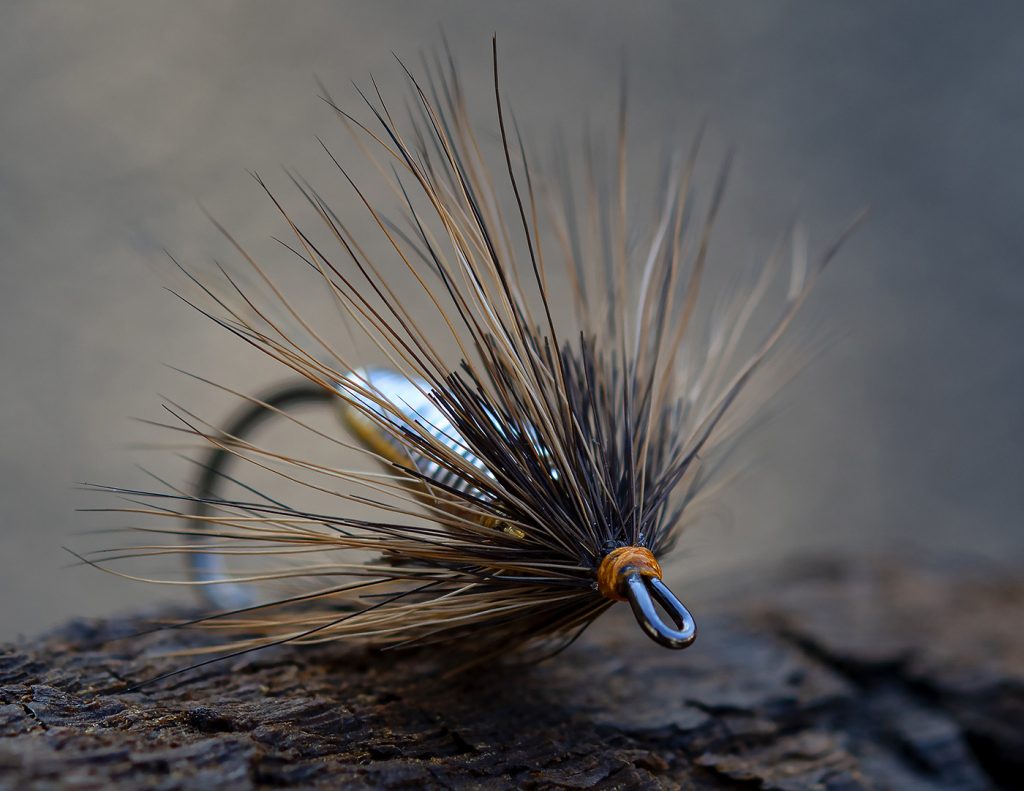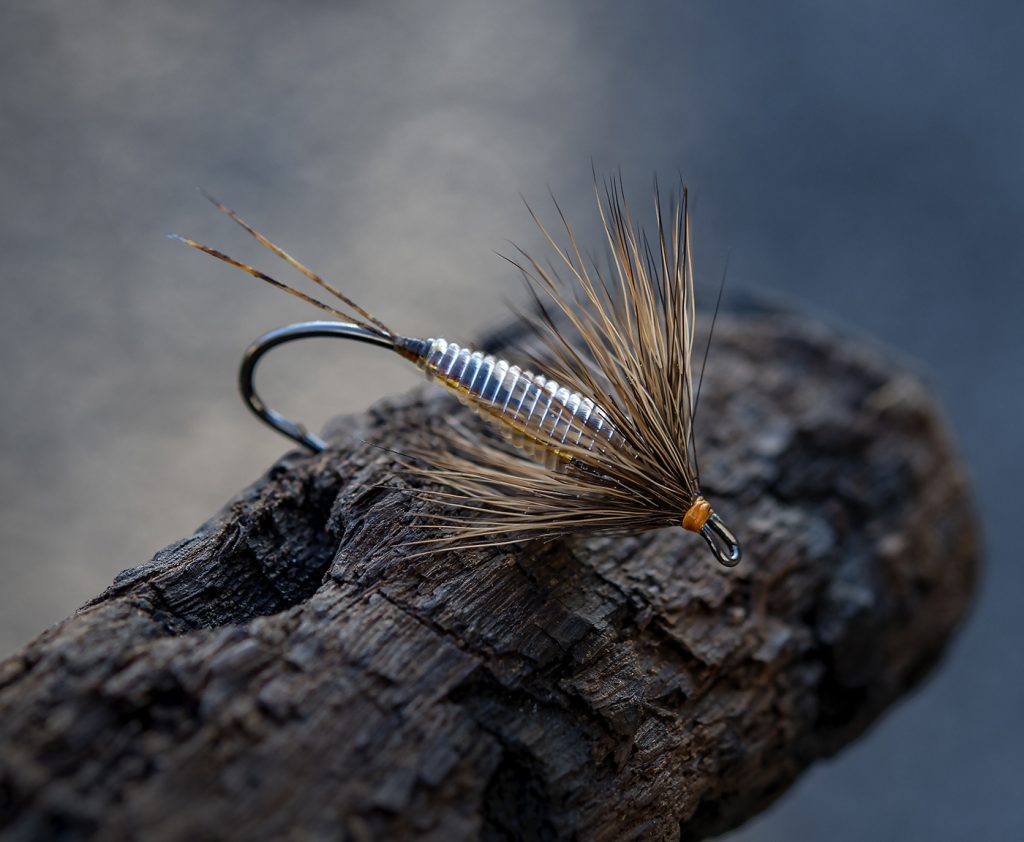
The world of fly tying is amazing. We never finish discovering new techniques, finding new materials or a new way of using already known materials. Even as a manufacturer of hooks for flytying, we never finish developing new models – and fortunately for that.
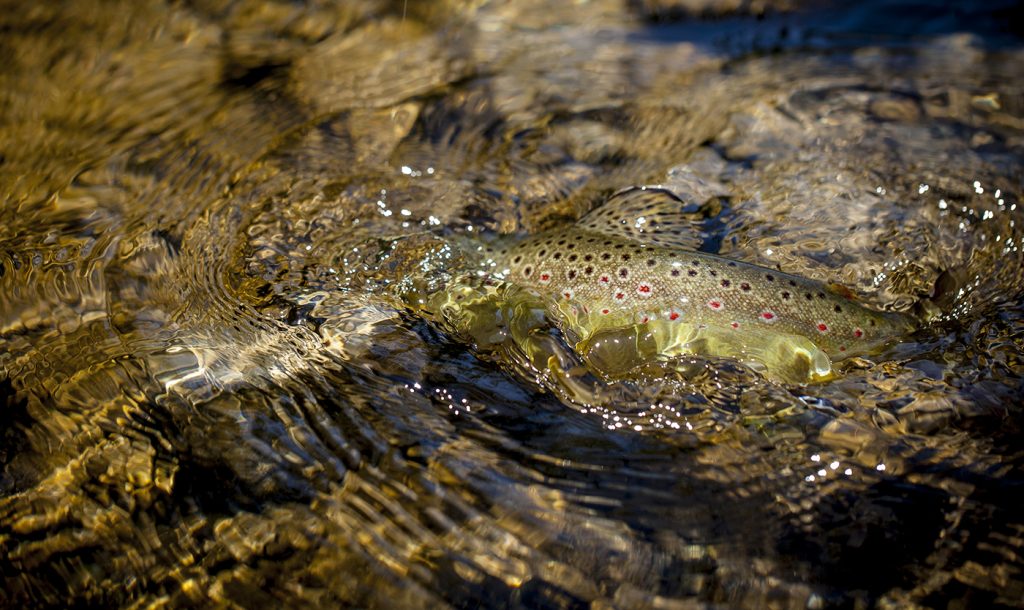
In this week’s blog, we are going to go in depth with a different method of making “hackles”, not only is the material not feathers as usual, but hair – and not just in a dubbin-loop but in a woven version, where hair fibers are threaded and woven between the tying thread.
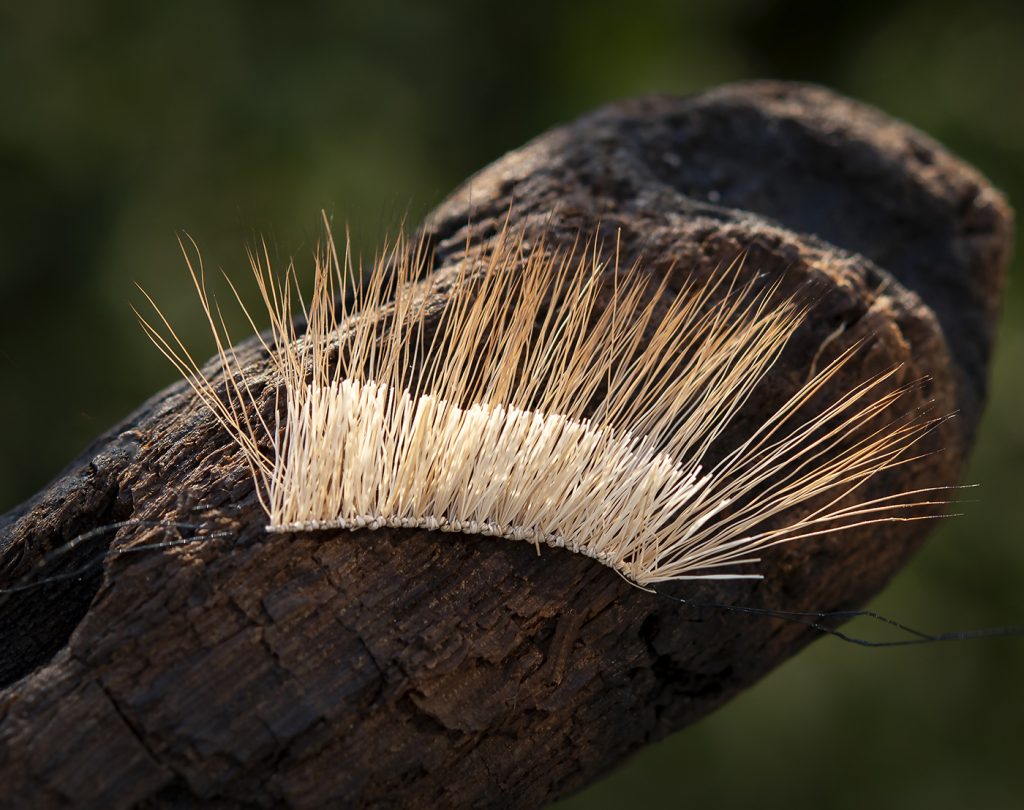
The American flytyer George F. Grant (1906-2008) experimented in the early 1930s with using hair hackles on his flies and patented a unique method in 1939 (U.S. Patent No. 2,178,031) to create durable hackles that did not collapse in strong current, as traditional hackles often do. Grant was one of the first to discover that the trouts often was feeding in nymphs beneath the surface, and that this was the method of getting the larger individuals attention. But the traditional hackles weren’t strong enough for powerful currents to imitate the legs of the nymphs, so he experimented for a long time to find a satisfying method for the fibers would still “sand” out from the fly as it glided through the current, and could trigger even the most skeptical trout.
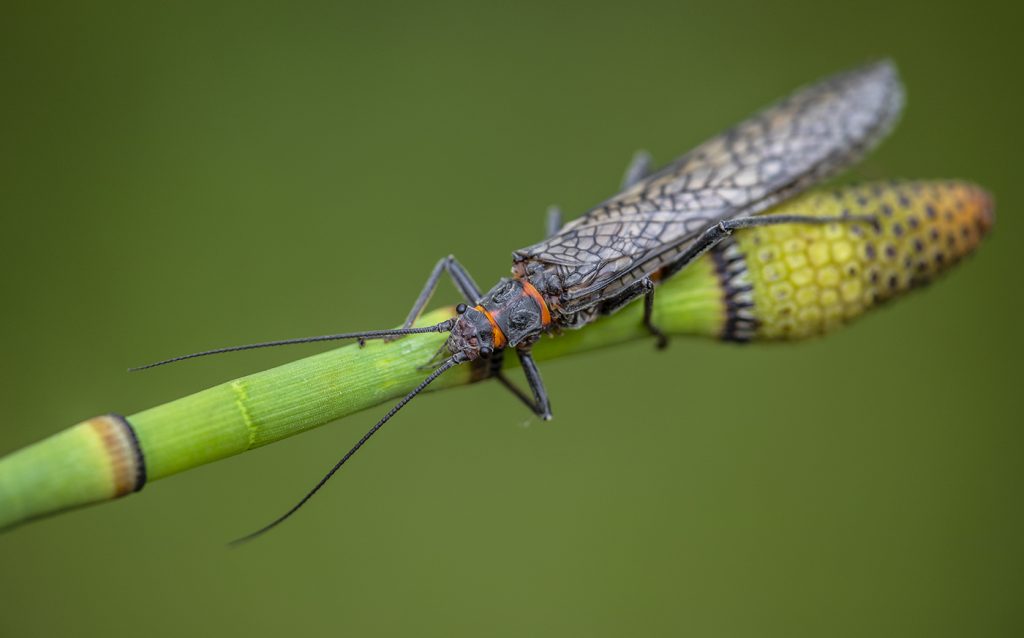
He lived and fished the iconic Big Hole River in Montana, where one of the largest species of Stoneflies was on the trouts menus, and it was this species that he tried to imitate with his new nymph. In addition to working as a semi-professional flytyer, author of several books (The art of weaving hair hackles for trout flies, 1971 and Montana Trout Flies, 1981) and articles on fly fishing and fly tying, he was also a very active environmentalist who fought to protect and preserve the amazing rivers and rivers – as well as the fish in them.
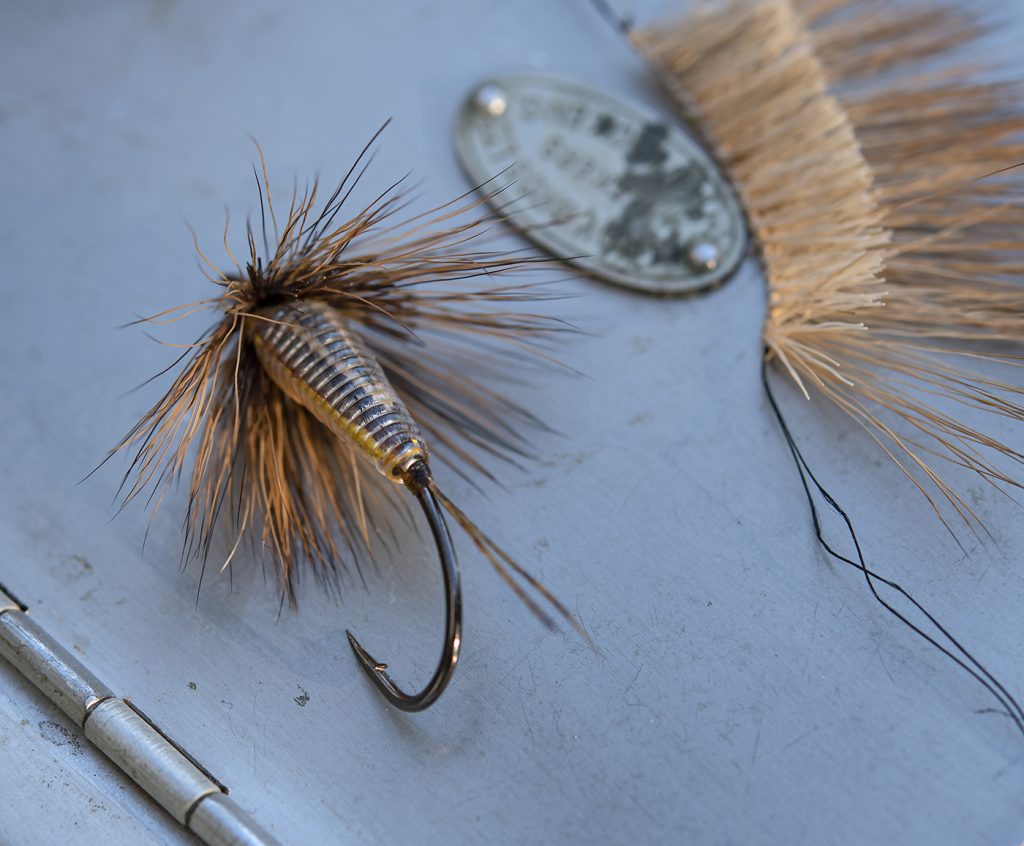
It is not only the hacklet that is different about his nymph – the structure of the body is also unique. He uses two clipped pins to create the wider profile of the stonefly nymph, tying a feather onto his back to imitate the segmented hind body of the natural insect.
Our good friend Martin Jørgensen, who runs the exciting site Global FlyFisher, has published a very informative step-by-step article of the exciting nymph, which you can see more about here:
We have had another of our good friends John Lind. Rasmussen to tie a specimen of this beautiful and exciting nymph.


